I've just started using the geom_map function in ggplot2. After having read the 29 posts I could find on geom_map on here, I'm still running into the same problem.
My data frame is ridiculously big and contains over 2000 rows. It's basically data on a specific gene (TP53) that's been compiled from the WHO.
Please download it from here.
The header looks as follows:
> head(ARCTP53_SOExample)
Mutation_ID MUT_ID hg18_Chr17_coordinates hg19_Chr17_coordinates ExonIntron Genomic_nt Codon_number
1 16 1789 7519192 7578467 5-exon 12451 155
2 13 1741 7519200 7578475 5-exon 12443 152
3 17 2143 7519131 7578406 5-exon 12512 175
4 14 2143 7519131 7578406 5-exon 12512 175
5 15 2168 7519128 7578403 5-exon 12515 176
6 12 3737 7517845 7577120 8-exon 13798 273
Description c_description g_description g_description_hg18 WT_nucleotide Mutant_nucleotide
1 A>G c.463A>G g.7578467T>C NC_000017.9:g.7519192T>C A G
2 C>T c.455C>T g.7578475G>A NC_000017.9:g.7519200G>A C T
3 G>A c.524G>A g.7578406C>T NC_000017.9:g.7519131C>T G A
4 G>A c.524G>A g.7578406C>T NC_000017.9:g.7519131C>T G A
5 G>T c.527G>T g.7578403C>A NC_000017.9:g.7519128C>A G T
6 G>A c.818G>A g.7577120C>T NC_000017.9:g.7517845C>T G A
Splice_site CpG_site Type Mut_rate WT_codon Mutant_codon WT_AA Mutant_AA ProtDescription
1 no no A:T>G:C 0.170 ACC GCC Thr Ala p.T155A
2 no yes G:C>A:T at CpG 1.243 CCG CTG Pro Leu p.P152L
3 no yes G:C>A:T at CpG 1.280 CGC CAC Arg His p.R175H
4 no yes G:C>A:T at CpG 1.280 CGC CAC Arg His p.R175H
5 no no G:C>T:A 0.054 TGC TTC Cys Phe p.C176F
6 no yes G:C>A:T at CpG 1.335 CGT CAT Arg His p.R273H
Mut_rateAA Effect Structural_motif Putative_stop Sample_Name Sample_ID Sample_source Tumor_origin Grade
1 0.170 missense NDBL/beta-sheets 0 CAS91-19 17 surgery primary
2 1.243 missense NDBL/beta-sheets 0 CAS91-4 14 surgery primary
3 1.280 missense L2/L3 0 CAS91-13 12 surgery primary
4 1.280 missense L2/L3 0 CAS91-5 15 surgery primary
5 0.054 missense L2/L3 0 CAS91-1 16 surgery primary
6 1.335 missense L1/S/H2 0 CAS91-3 13 surgery primary
Stage TNM p53_IHC KRAS_status Other_mutations Other_associations
1 <NA> <NA> <NA>
2 <NA> <NA> <NA>
3 <NA> <NA> <NA>
4 <NA> <NA> <NA>
5 <NA> <NA> <NA>
6 <NA> <NA> <NA>
Add_Info Individual_ID Sex Age Ethnicity
1 Mutation only present in adjacent dysplastic area (Barrett's esophagus) 17 <NA> NA
2 Mutation only present in adjacent dysplastic area (Barrett's esophagus) 14 <NA> NA
3 Mutation only present in adjacent dysplastic area (Barrett's esophagus) 12 <NA> NA
4 Mutation only present in adjacent dysplastic area (Barrett's esophagus) 15 <NA> NA
5 16 <NA> NA
6 Mutation absent from adjacent dysplasia area (Barrett's esophagus) 13 <NA> NA
Geo_area Country Development Population Region TP53polymorphism Germline_mutation
1 USA More developed regions Northern America Americas NA
2 USA More developed regions Northern America Americas NA
3 USA More developed regions Northern America Americas NA
4 USA More developed regions Northern America Americas NA
5 USA More developed regions Northern America Americas NA
6 USA More developed regions Northern America Americas NA
Family_history Tobacco Alcohol Exposure Infectious_agent Ref_ID Cross_Ref_ID PubMed Exclude_analysis
1 <NA> <NA> <NA> <NA> 4 NA 1868473 False
2 <NA> <NA> <NA> <NA> 4 NA 1868473 False
3 <NA> <NA> <NA> <NA> 4 NA 1868473 False
4 <NA> <NA> <NA> <NA> 4 NA 1868473 False
5 <NA> <NA> <NA> <NA> 4 NA 1868473 False
6 <NA> <NA> <NA> <NA> 4 NA 1868473 False
WGS_WXS
1 No
2 No
3 No
4 No
5 No
6 No
In any case, I want to create a simple world-map which will color the countries, where this mutation has been studied, and if more or less "mutation signatures" come from these countries.
You might understand better what I'm trying to do if you see this:
summary(ARCTP53_SOExample$Country)
Australia Brazil Canada China
1 127 76 519
China, Hong-Kong Chinese Taipei (Taiwan) Czech Republic Egypt
52 36 9 9
France Germany India Iran
195 10 63 112
Ireland Italy Japan Kenya
25 30 414 11
South Africa Spain Switzerland Thailand
13 2 24 35
The Netherlands UK Uruguay USA
6 17 6 189
NA's
30
So some countries come up multiple times in my data.frame.
So this is what I did in the hope of getting my desired map:
library(ggplot2)
library(maps)
world_map<-map_data("world")
ggplot(ARCTP53_SOExample)+geom_map(map = world_map, aes(map_id = Country,fill = Country),
+ colour = "black") +
+ expand_limits(x = world_map$long, y = world_map$lat)
And this is what I get:
Does anyone have any input on what I'm doing wrong?
Further, what I'd then like to do down the road, is add geom_bar() of the ExonIntron column onto the different countries. But, I'd like to try and generate the right map first?
Thanks a mill.

